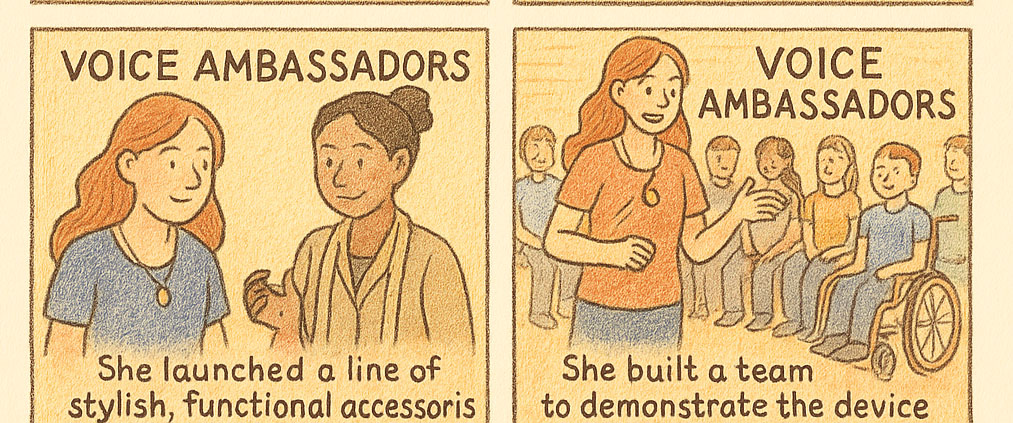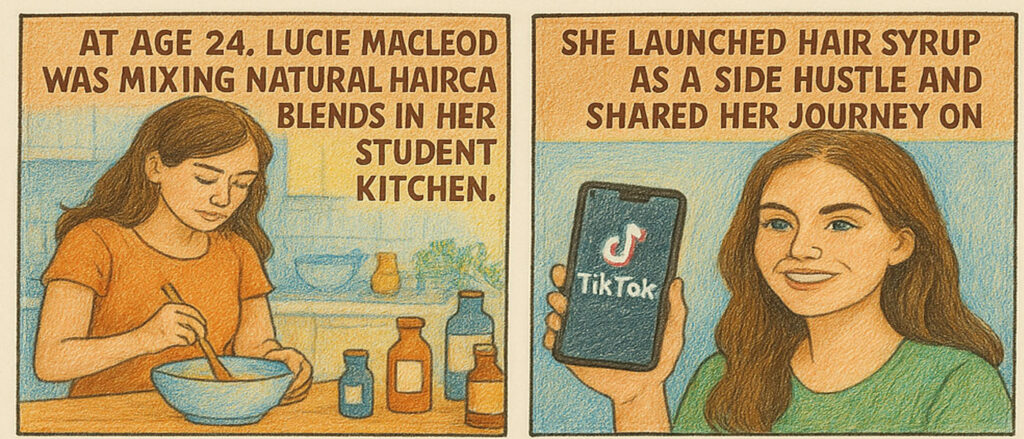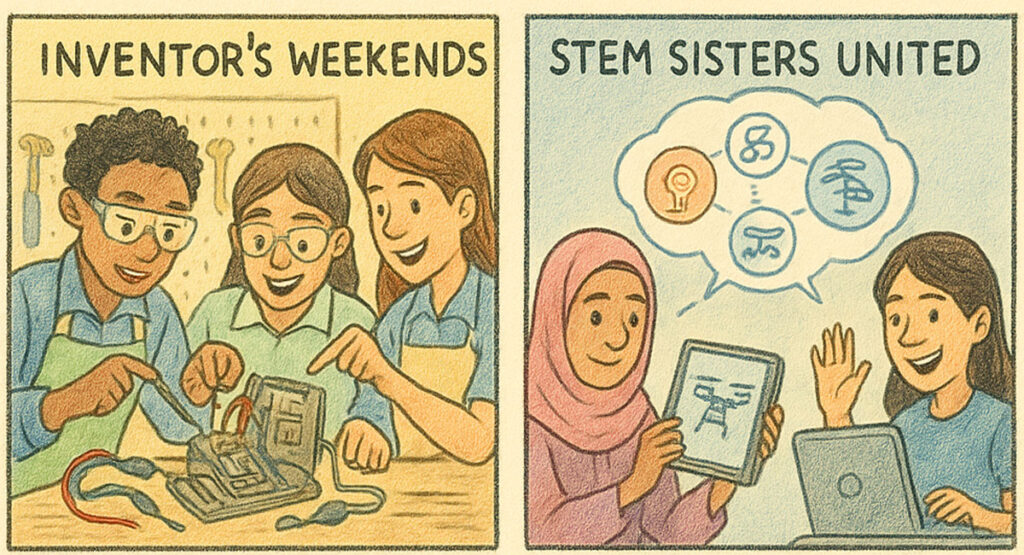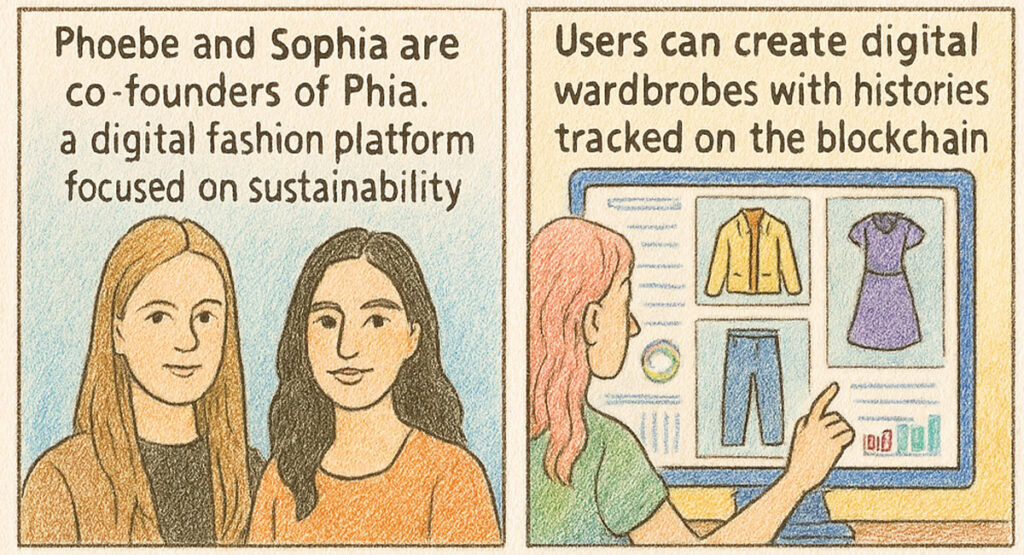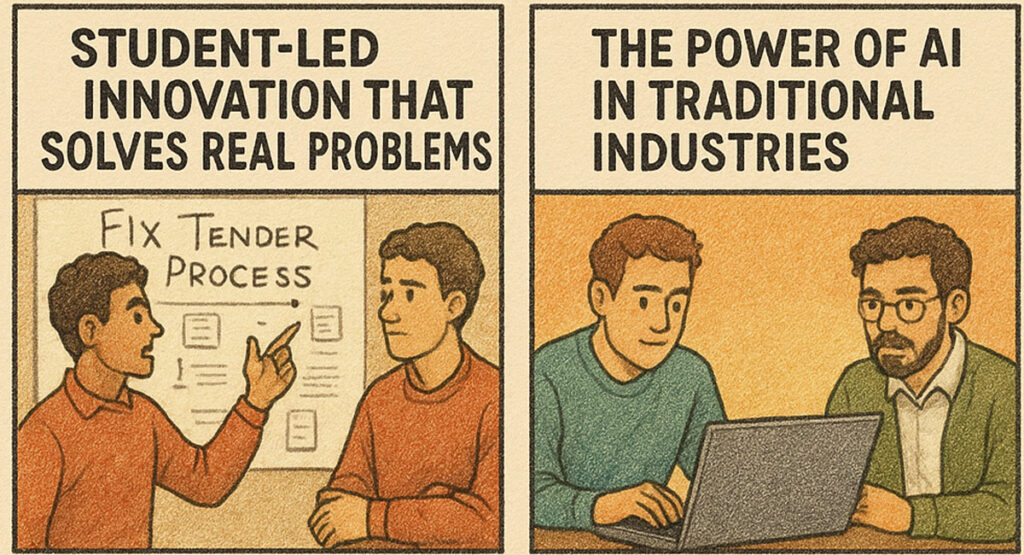Annie Rogers was only sixteen when she redefined the voice of empathy, courage, and innovation in the world of assistive technology. She wasn’t a seasoned entrepreneur or a tech industry insider. She was a high school student from Australia with a deep heart, sharp mind, and a friend who changed her life forever.
Her journey began not in a lab, but in a classroom. Among the desks and books sat her best friend, Jamie, a bright, funny, and creative soul with cerebral palsy—who couldn’t speak. For years, Annie watched how others overlooked Jamie’s emotions and insights simply because he couldn’t express them the way most people could. It hurt her. But more than that, it ignited a fire in her.
She would often sit beside Jamie, learning to interpret his gestures and expressions. She saw firsthand how much of him was hidden beneath silence. That silence, she decided, wasn’t fair. One afternoon, after a particularly frustrating group activity where Jamie had no way to participate, Annie walked home in silence herself—deep in thought. She was just sixteen, but that day, she promised herself she would do something.
And so My Voice Communications was born—not in a corporate boardroom, but on her bedroom floor with sketches, late-night coding, tears, and dreams. Annie wasn’t trying to build a business then; she was trying to give her friend a voice. She envisioned a device that was simple, wearable, and intimate—something that wouldn’t feel like a bulky piece of medical hardware but a part of one’s personality.
The result was stunning in its simplicity: a sleek, stylish necklace that projected a computerized voice. Worn like a pendant, it responded to subtle finger movements, eye gestures, or pre-programmed inputs. But more than its tech brilliance, it did something that no traditional communication board or tablet could—it made people look at Jamie. Directly. Eye-to-eye.
Where earlier people would speak around him, now they spoke to him.
The innovation was not just technological—it was emotional. The voice projection wasn’t robotic; it had customizable tones and phrases, many infused with humor, warmth, and personality. Users could record their own phrases, favorite quotes, or jokes. It was not just a tool for talking—it was a device for being heard.
Annie didn’t stop there. With support from local communities, a few grants, and sheer grit, she turned her prototype into a full-fledged business. My Voice Communications began partnering with schools, hospitals, and care centers. The product line expanded to include voice beads for children, customizable bracelets for teenagers, and pendant options for adults. Each product was built on one foundational principle: technology should feel like humanity, not hardware.

But it wasn’t just about selling devices. Annie made sure every sale came with training, support, and connection. She built a community of families, teachers, therapists, and non-verbal individuals—each sharing tips, stories, and breakthroughs. The brand became not just a product, but a movement.
By the time she turned eighteen, Annie was already speaking on stages, not about business tactics, but about purpose, inclusion, and the power of empathy in innovation. She was recognized not just as a teenage entrepreneur but as a visionary—someone who didn’t ask “what can I sell?” but “who can I help?”
Yet, for Annie, the most meaningful moment wasn’t in any award ceremony. It was at Jamie’s birthday, when he used the necklace to deliver a speech—a real one. For the first time, his family heard him crack a joke out loud, thank his parents, and tell Annie: “You gave me more than a voice. You gave me power.”
That moment sealed her mission forever.
As My Voice Communications continues to grow, Annie’s vision remains clear. The company isn’t just about enabling speech; it’s about restoring dignity, building connections, and reminding the world that communication is more than sound—it’s soul.
She now works with a team of young engineers, designers, and speech therapists to expand the platform globally. They’re exploring AI integration, emotion-sensing feedback, and multilingual support—always with the user at the center, never as an afterthought.
Her motto is printed on every box they ship:
“Not just a voice. A story waiting to be told.”
Annie Rogers, in her quiet brilliance, has amplified thousands of stories once trapped in silence. And she’s only just getting started.
– Annie began hosting weekend workshops for students called “Design with Purpose,” where she encouraged teenagers to solve real-life problems with empathy and creativity. Her goal was simple: inspire more young people to believe that age is not a barrier to impact.
– She launched a “Voice for Every Child” campaign, where she donates one necklace for every three sold. These donated devices reach children in remote communities and developing nations who otherwise wouldn’t have access to assistive technology.
– Annie worked with illustrators and storytellers to create a children’s book series called “Speak, Little Star,” featuring characters who use alternative communication tools. The books are now used in classrooms to teach inclusivity and kindness.
– She developed a feature called “Emotion Echo,” a smart mode that adjusts tone and expression in the device’s voice to match the user’s intended emotion—happy, sad, excited—using contextual clues from eye movement and gestures.
– Annie collaborated with a local fashion designer to launch a line of “tech-wearables” that integrated voice technology into stylish jewelry, scarves, and accessories. She believed that users shouldn’t have to choose between self-expression and functionality.
– In a heartfelt moment during a school event, Annie received a letter from a young girl with selective mutism who had used the My Voice necklace to say “I love you” to her mom for the first time. That story inspired Annie to start a storytelling platform where users can share their first spoken moments.
– She built a team called “Voice Ambassadors”—young people who travel to schools and youth clubs, demonstrating the device, sharing stories, and breaking the stigma around non-verbal communication. Many of them are users of the product themselves.
– During a global youth summit, Annie introduced a pilot program to include “silent speech” technology, allowing even finer, more discreet control over voice output through subtle muscle signals—offering users even more autonomy.
– She started a digital mentorship platform where young inventors from underrepresented backgrounds can submit ideas and get guidance, resources, and funding. She named it “The Echo Project” to honor how a small idea can echo across the world.
– Annie personally writes handwritten notes to new customers thanking them for being part of the movement. Many families have shared that those notes are cherished just as much as the device itself.
– She’s planning to release a documentary following the lives of five young non-verbal individuals using My Voice devices. The film will focus on dreams, friendships, and identity—not disabilities—aiming to shift the narrative from sympathy to strength.
– Every year on Jamie’s birthday, Annie hosts a global “Silent Minute,” encouraging people everywhere to go quiet for sixty seconds in solidarity with non-verbal individuals, followed by a moment of shared celebration—a way to turn silence into unity.
